What is an eSIM? UK network support explained
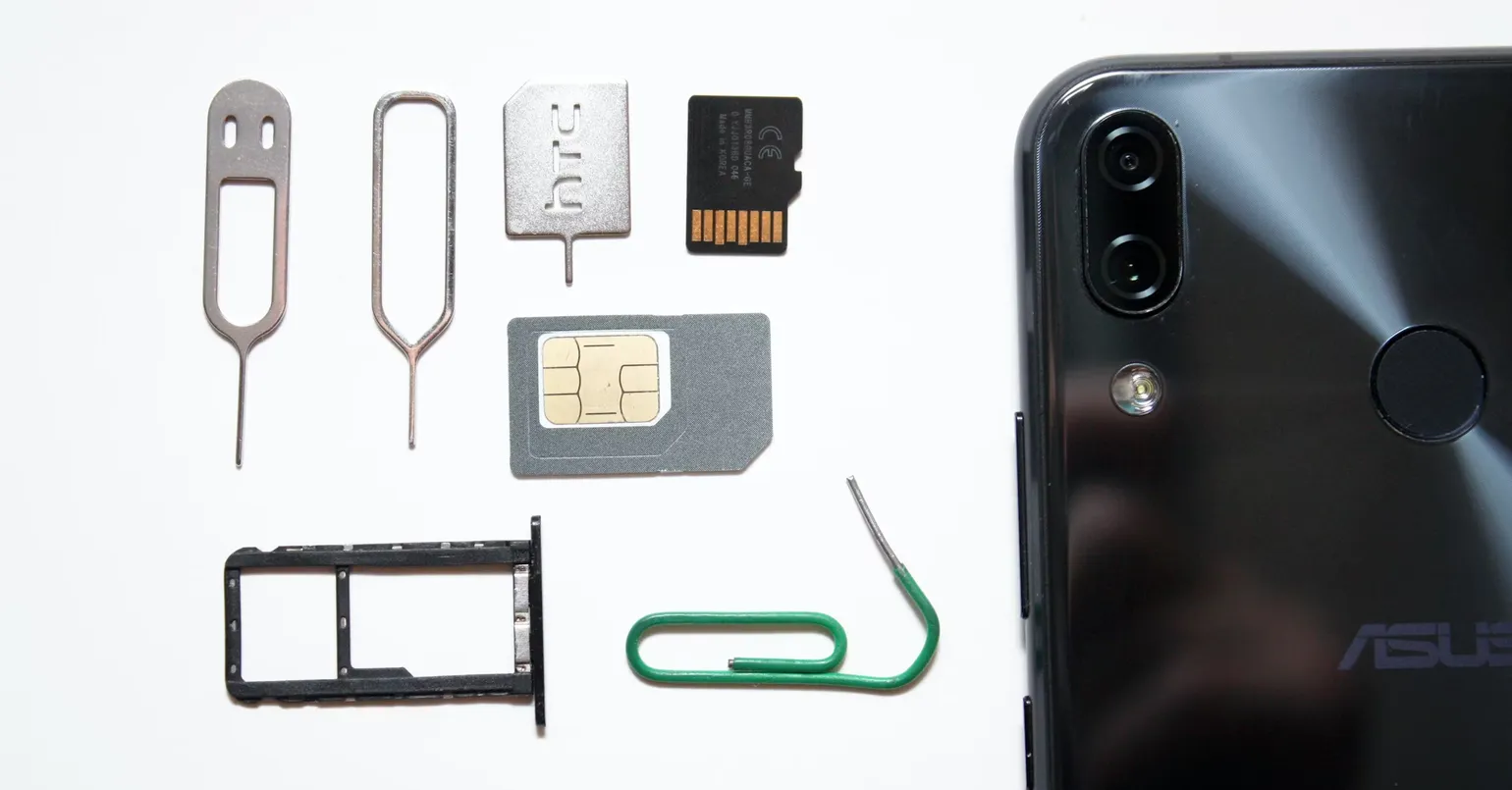
eSIM, also known as embedded SIM, is a digital SIM card. The technology makes it far easier to join and switch networks, without the hassle of swapping physical SIM cards between phones.
To use an eSIM, you simply need to scan a QR code using the camera app on your phone. Activation is instant, meaning you can start using a network straight away, without having to wait for a physical SIM card to arrive in the post.
Although eSIM technology has been around for more than 10 years, it’s only in the last few that UK networks have started to adopt and actively promote the technology.
Currently, around 50% of UK networks support eSIM technology, including the 4 major networks (EE, Vodafone, Three and O2) and some MVNOs.
Most phones sold in the last few years should support eSIM technology, including lower end devices.
At most, you can have two active SIMs at the same time - this can be a mix of one eSIM and one physical SIM, or two eSIMs (the latter configuration only supported by specific phones, such as the iPhone 13 or later).
Which UK networks support eSIM?
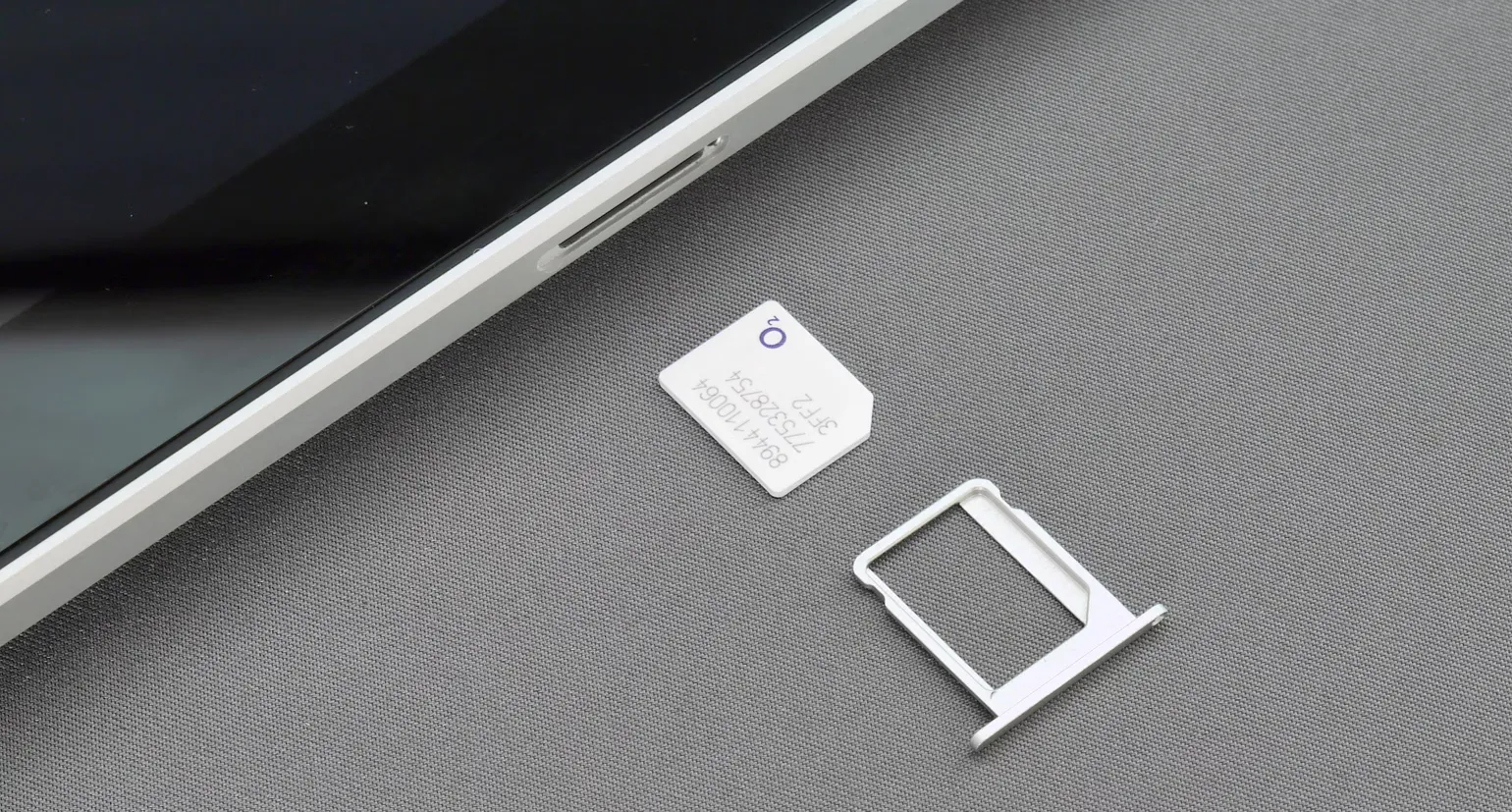
Around 50% of UK networks currently support eSIM technology:
This includes all the 4 major networks (EE, O2, Vodafone and Three) as well as smaller MVNO providers.
Many networks that currently lack eSIM compatibility have stated they are working on adding support to their network in the near future. It’s likely there will be a 100% adoption rate within the next few years.
How can I install and activate an eSIM?

Installing an eSIM is very quick and easy, with instant activation.
When signing up to a new network, you simply need to scan the provided QR code by using the camera app on your phone. Then, simply follow the onscreen instructions.
Some networks also provide their own app to guide you through the steps.
If you only have a photo of the QR code on your phone, or you prefer to add the eSIM manually, you can add an eSIM via your phone’s settings:
Android:
- Go to Settings > Network and Internet > SIMs > Add more
- Tap Download an eSIM
- Follow the onscreen instructions
Samsung Galaxy:
- Go to Settings > Connections > SIM card manager
- Select Add Mobile Plan
- Select Scan carrier QR code
- Follow the onscreen instructions
iPhone:
- Go to Settings > Mobile Service
- Select Add eSIM
- Follow onscreen instructions
How can I transfer an eSIM to a new phone?

Transferring an eSIM to a new phone varies from network to network, and can be a cumbersome process. There is no uniformity among UK networks, or guidelines implemented by Ofcom.
Although iPhones and newer versions of Android include an eSIM transfer tool, most UK networks currently do not support this feature.
To transfer your number, you’ll need to request a new eSIM. With some networks, such as O2 and EE, you can do this by signing into your account and finding the section on requesting a new SIM. Other networks may require you to contact them.
You’ll be provided with a new QR code to be used with your new phone. Note that QR codes for eSIMs can only be used once - you cannot use the same QR code on multiple phones. You’ll need to request a brand new QR code for every transfer.
Which phones support eSIM technology?
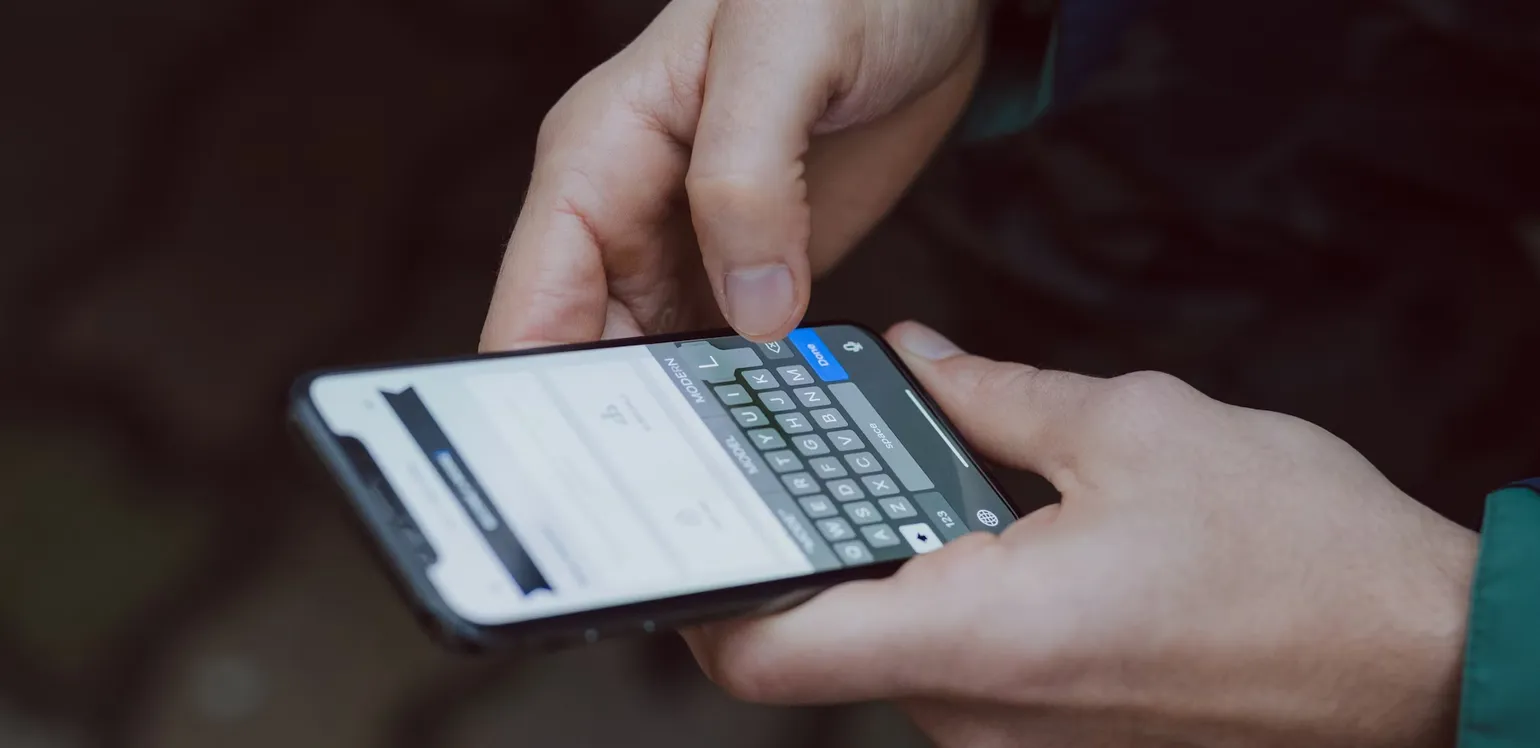
Most smartphones sold in the last couple of years should support eSIM technology.
iPhones have come with eSIM support since 2018, starting with the iPhone XR and up to the latest iPhone 15.
Google Pixel devices starting with the Pixel 3 series (Pixel 2 and 2 XL have limited support) have eSIM compatibility, including the latest Pixel 8 Pro.
Most Samsung Galaxy flagship devices since 2020 include eSIM support, including the latest Galaxy S24 series. However, support varies with low to mid range devices, so make sure to check product specifications.
Can I use multiple eSIMs and SIMs at the same time?

Although there are no limits on the amount of eSIMs you can install, you can only use two SIMs at the same time.
Most phones which include eSIM support also include dual SIM technology. This allows you to use two SIMs at the same time, with one being a physical SIM card, and the other an eSIM.
Some newer phones, such as the iPhone 13 onwards and the Samsung Galaxy S24, allow you to use two eSIMs at the same time. It’s important to note that in such configurations, you won’t be able to use the physical SIM card slot as long as you have both eSIMs active.
When using dual SIMs, both numbers can make and receive calls at the same time, as well as send and receive text messages.
Whenever you make a call or send a text, you’ll be able to choose which number to use. Most phones also allow you to pick a default number, as well as set default numbers for specific contacts.
However, when using dual SIMs, mobile data will only work with SIM at a time, which you can pick in the settings menu. With Android 14 and iOS 13 onwards, you can also enable automatic data switching, which will automatically switch to the network which has best coverage and signal for data within the current area.
What are the advantages of eSIMs?
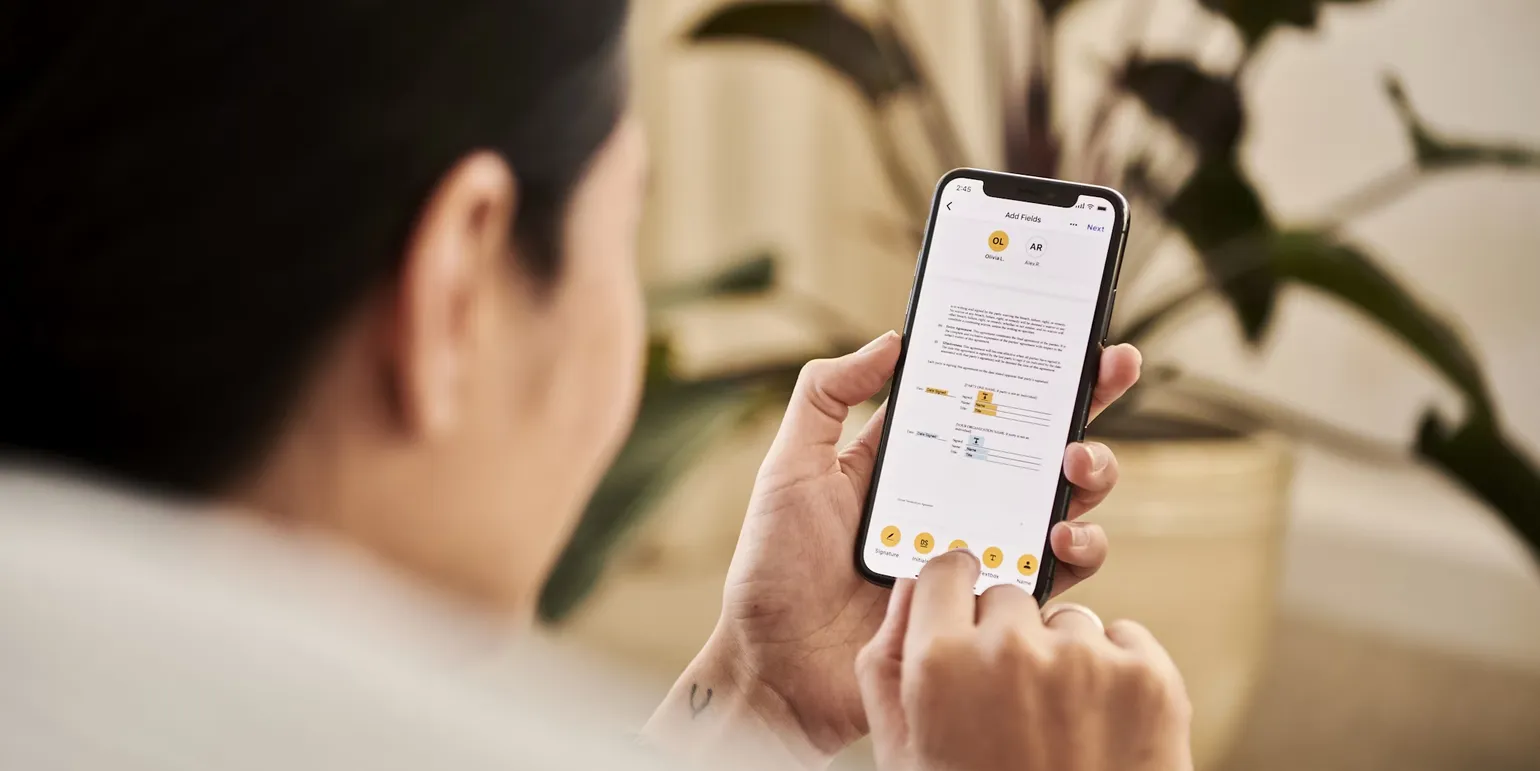
eSIMs have several advantages over physical SIM cards.
When signing up to a new network, you can instantly start using it, without having to wait for a SIM card to arrive in the post. All you need to do is simply scan the provided QR code to activate the eSIM, and you’re done.
You won’t need to go through the cumbersome process of turning off your phone, swapping the SIM card and powering the phone back on. With eSIM, it can all be done by scanning a single QR code.
In addition, eSIM makes it far easier to avoid roaming charges when going abroad. There are a plethora of networks which offer data only eSIMs. You can sign up and install these eSIMs at home, before you go abroad, saving you the hassle of purchasing and swapping expensive SIM cards at the airport.
eSIMs can also be more secure. If you lose your phone when using a physical SIM card, someone could overtake your number by taking out your SIM card, and potentially get access to all your online accounts. With an eSIM, this is not possible, since your passcode or Face ID is required to access your eSIM.
What are the disadvantages of eSIMs?
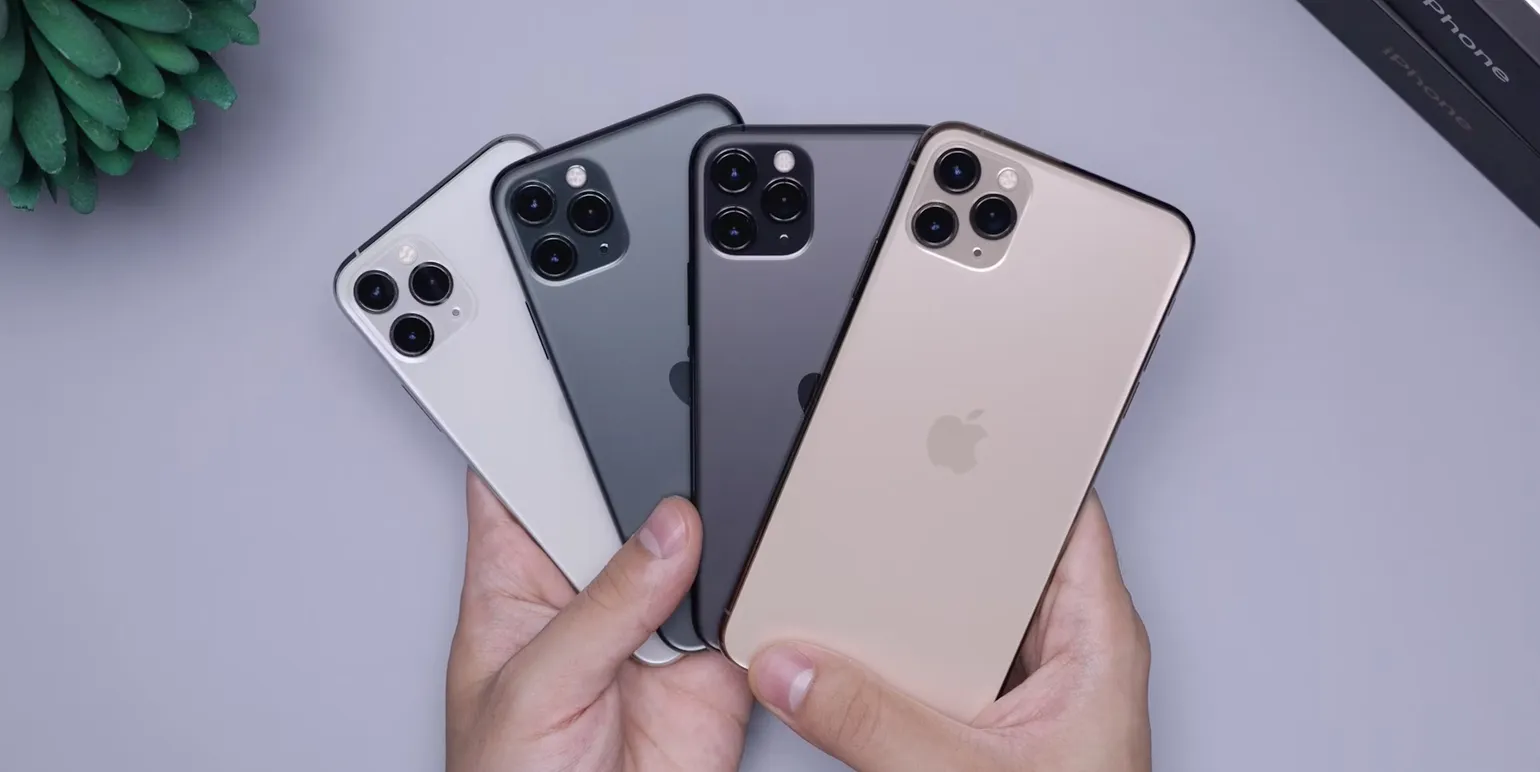
Although eSIMs have several benefits, you should be aware of the potential downsides.
In some regards, eSIMs are simply not as flexible as physical SIMs. With a physical SIM, you have the freedom to swap between devices at any time, without restrictions. Swapping between devices with eSIM is not so easy.
Although the latest versions of Android and iOS include eSIM transfer tools, not all UK networks support this at the moment. Most networks require you to contact them and request a new QR code, which can take several hours to fulfil.
In addition, older handsets may not support eSIM technology. This means if you’re using an eSIM but you lose your phone, you may have to request a physical SIM card from your network if you wish to use an old phone as a temporary backup.
The relatively recent introduction of eSIM technology has led to instances where customer service representatives are not familiar with eSIMs, suggesting that its adoption may be progressing slowly in the UK.
Should I choose a physical SIM card or eSIM?
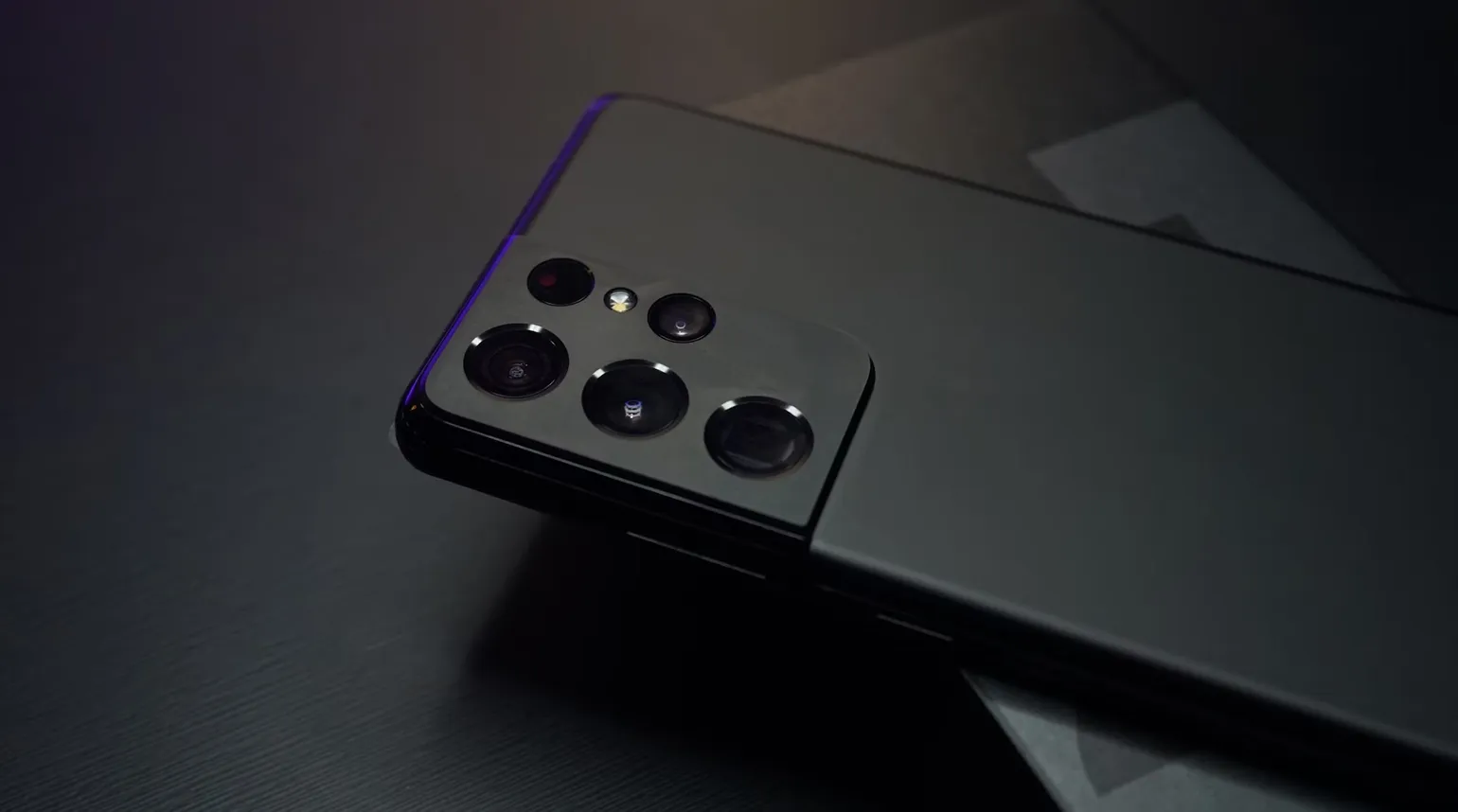
Most networks which offer an eSIM also give you the option to choose a physical SIM card.
Choosing between the two entirely depends on your needs and how you use your phone.
For most people, we recommend an eSIM. It gives you the flexibility to add multiple networks to your phone and switch between them at any time. This is particularly ideal if you frequently travel.
In addition, eSIMs are more convenient. You can be up and running in under a minute, without having to wait for a physical SIM card to be delivered.
eSIMs are also more secure. If you lose your phone, someone cannot hijack your number without knowing your passcode or Face ID. With a physical SIM card, a criminal could remove it and hijack your number, and get access to all your online accounts.
On the flipside, with a physical SIM card, you have the freedom to use it with virtually any phone, without restrictions. You’ll also be able to swap it at any time, as opposed to an eSIM, which requires you to contact your network to transfer your number to a different phone.
In conclusion, while we recommended eSIMs for most people, physical SIM cards can have specific use cases where some may be better off.
Are physical SIM cards being phased out?

Although not explicitly confirmed or stated by any UK network, it’s likely that physical SIM cards will be discontinued over the coming decade, with networks only offering eSIMs in the near future.
There are several reasons that point to this happening.
In the US, newer iPhones, starting with the iPhone 14 and up to the current iPhone 15, do not include a physical SIM card slot. This means the only way to use an iPhone purchased in the US is with an eSIM.
If trends tell us anything, the UK generally follows America when it comes to technology adoption. It’s therefore likely that Apple, and eventually Samsung and Google, will stop producing phones for the UK market which have a physical SIM card slot.
In addition, eSIMs are flexible, cheaper to issue and are more secure. Although eSIMs have their disadvantages, the positives generally outweigh the negatives - for both networks and consumers.
On a global scale, it’s difficult to predict if or when physical SIM cards will be eradicated. However, as the global market tends to move in the direction of eSIM adoption, it’s likely a matter of when as opposed to if.